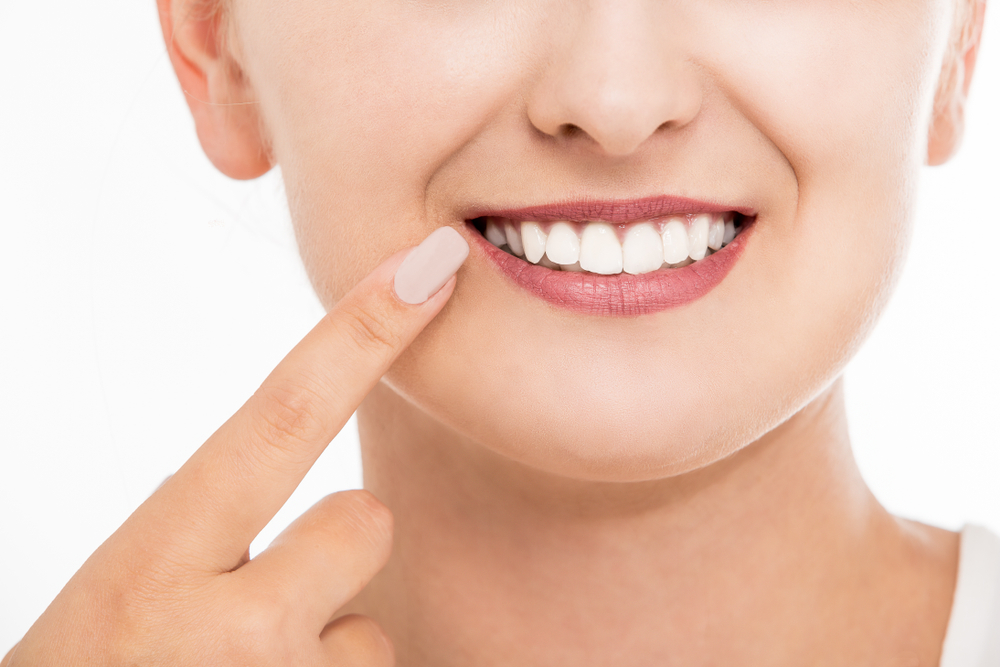MAINTAINING A HEALTHY SMILE WITH TEETH CLEANING
A dental hygiene cleaning (prophylaxis) thoroughly cleans your teeth and gums, removing plaque buildup in your mouth. Teeth cleaning immediately freshens your smile while preventing more serious dental problems, such as gingivitis or its more advanced form, periodontal disease. Let us perform a teeth cleaning that will help ensure your smile is both healthy and bright.
TEETH CLEANING APPOINTMENTS ARE VITAL
Plaque is a sticky film of bacteria that is constantly forming on our teeth and along our gums. Bacteria in our mouths are naturally occurring, but especially thrive on the sugars and carbs from the food and beverages we consume; these same bacteria cause cavities and gum disease. Without proper brushing and flossing, built-up plaque could even harden into calculus, which attaches not only to the enamel of your teeth but the gum line. This can cause serious problems with gum disease. Gum disease, when untreated, can eventually weaken gum tissue and bone, leading to eventual tooth loss. For most people, teeth cleaning is recommended twice per year. However, if you have shown signs of gum disease, or have other health concerns, you may need to get your teeth cleaned more than twice yearly.
WHAT HAPPENS DURING A CLEANING?
During your dental cleaning, the hygienist will use special instruments to remove the plaque and calculus from your teeth – above and below the gums. If your teeth are sensitive or your gums bleed, your hygienist will be able to explain why. They can also remind you about proper brushing and flossing techniques. The hygienist will also polish your teeth to remove stains and let you leave the dentist’s office with a brighter smile.
WHAT IS A DENTAL DEEP CLEANING?
Scaling and root planing (SRP), also known as dental deep cleaning, is necessary when calculus has collected under your gum line. Calculus that has collected under the gum line is unreachable by regular brushing, flossing, or standard dental cleanings. The deeper cleaning is necessary to combat the resulting damage to a patient’s gums – which eventually leads to tooth loss and even health problems. During the scaling and root planing, the area being treated might be numbed. Then your hygienist will work under the gum line to remove the calculus and debris. Afterward, they will carefully shape (“plane”) the root of your tooth, to remove any areas where the bacteria could potentially begin to accumulate again after your cleaning. You may experience soreness or discomfort in the area treated, but your dentist will offer after-care instructions, and will prescribe an antibiotic as needed. Scaling and root planing can be performed on as little as one quadrant (quarter) of your mouth at a time all the way up to all four quadrants (full mouth. In some cases, dental insurance providers may have limitations on the number of quadrants that can be treated per dental visit.

